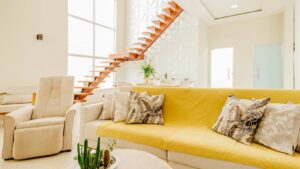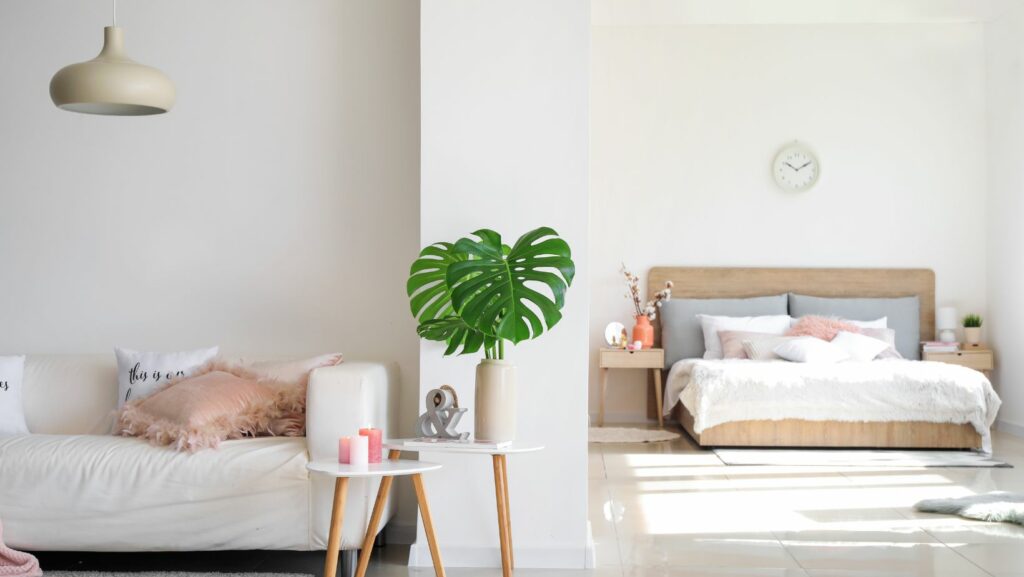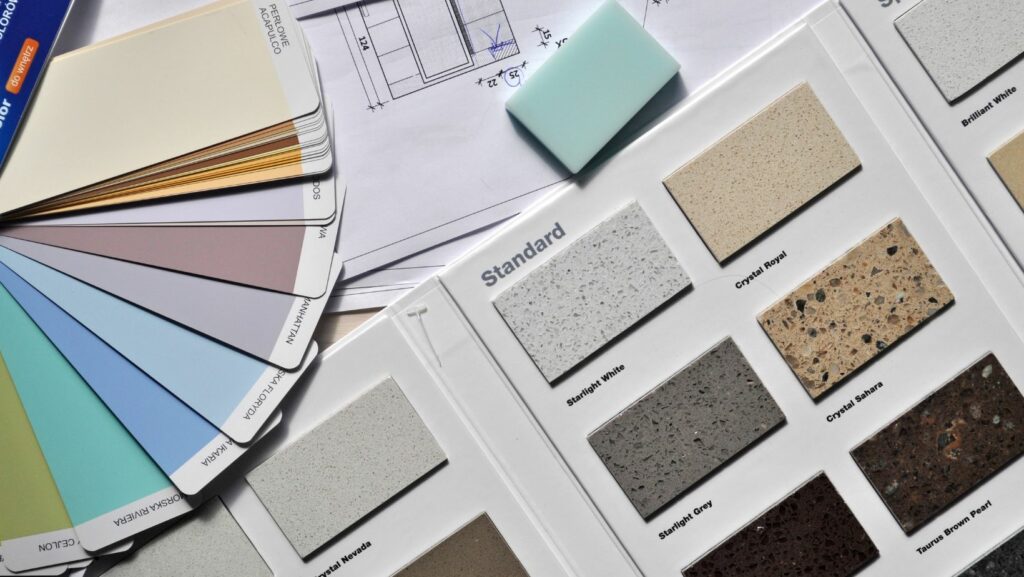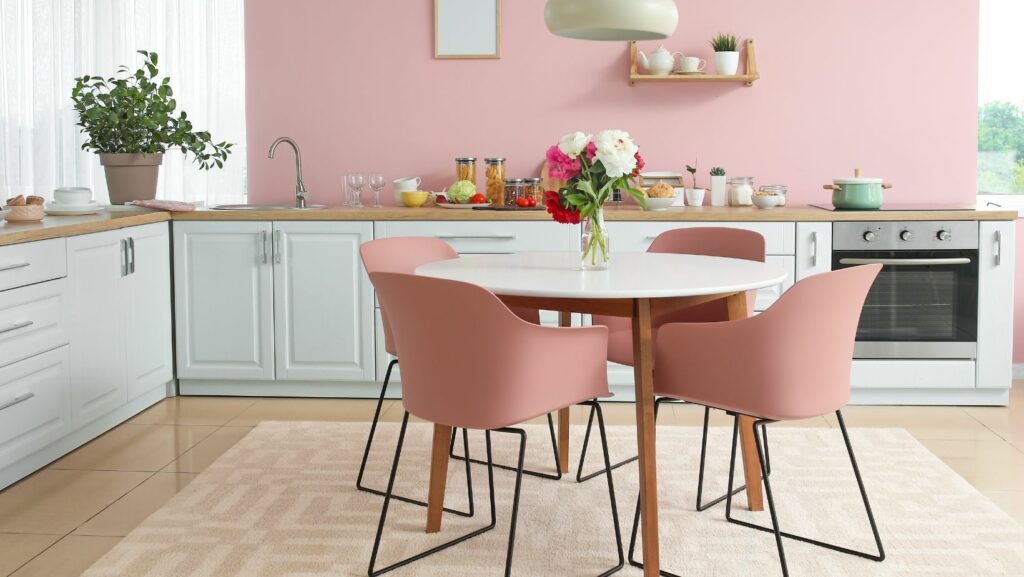As we step into the future, it’s time to peek into the world of interior design for the year 2025. This article takes you on a journey through the upcoming trends, showcasing how they’ll redefine our living spaces. From sustainable materials to innovative technology, we’re about to witness a revolution in aesthetics and functionality.
Interior Design Trends 2025

Framing the future of interior design, 2025 showcases a blend of sustainability and innovation. Biophilia emerges as one trend, integrating nature into design, not by mere inclusion of houseplants, but embedding greenery in unique niches like walls and ceilings. Demonstrating a trend of sustained prominence, minimalism persists, spotlighting the ‘less is more’ approach, with the focus on decluttered, functional spaces.
Advancement in technology stirs up the digital integration trend, evolving the traditional living spaces into smart homes. For instance, smart furniture with built-in gadgets, or automated lighting and temperature control systems. Furthermore, materials’ longevity becomes an essential criterion in choice; sustainability seeps into interior design as recycled and natural materials like bamboo, hemp, and reclaimed wood increasingly replace traditional options.
Thus, 2025 hints at a future where design intertwines with nature, technology, and sustainability, shaping living spaces into eco-friendly, innovative havens.
Importance of Sustainable Design in 2025

Bearing in mind the future trends of interior design, sustainability stands to be paramount. It’s evident that eco-friendly design solutions are the way forward in 2025. Sustainable design, promoting the use of natural and recycled materials, is expected to thrive. Design aficionados are devoting attention to materials like reclaimed wood, reducing deforestation, and bamboo, noted for its fast replenish rate.
Moreover, sustainable design isn’t just confined to material choice. Design elements such as natural light utilization, focusing on reducing dependence on artificial light sources, are predicted to gain traction. This factor not only delivers energy-efficient spaces but also ensures aligning with biophilic design trends.
The practice of smart furniture selection is another facet of sustainability. Choosing furniture optimized for space usage, with integrated storage options and multifunctionality, plays a crucial role in promoting minimalism, consequently reducing clutter and waste.
The Rise of Digital Integration in Designing

In 2025, interior design advances beyond traditional boundaries by embracing digital integration. Forecasted, is an increasing prevalence of digital displays and interactive surfaces transforming homes into interactive living spaces. An upgrade from the prevalent voice-activated smart home technology, it immerses technology into the fabric of daily life. Examples include walls with integrated touch screens, serving as both art and information centers, and furniture equipped with charging stations. This blend of technology and design works hand in hand with User Experience (UX) design principles, enhancing not only the visual appeal but also the functional aspect of living spaces.
Infusions of Augmented Reality (AR) and Virtual Reality (VR), too, play a significant role, offering powerful tools for designers to visualize and accommodate homeowner preferences prior to implementation. Through the medium of digital integration, interior design evolves as an experiential and immersive phenomenon, embodying aesthetics, functionality, and technological sophistication in harmony. Such advancements illustrate a future-focused pespective, featuring a systematic transition from tech-enabled to tech-integrated spaces as a design trend of 2025.
Color Schemes Dominating 2025 Designs
Dominating the interior design color trends of 2025 are soft, natural hues, aligning with the industry’s committed move towards sustainability. Earth tones, inspired by nature, become popular choices. They include shades such as Mojave Desert Sand and Tahoe Lake Blue. These shades dictate a room’s ambience, imbuing serene tranquility indicative of the earth’s elements.
Neutrals, such as Greige—a fusion of gray and beige—remain a prevalent choice. They provide flexibility, seamlessly blending with multiple design elements. Vibrant color accents serve as effective contrasts, showcasing the power of color to highlight design features.
In sync with the rise of tech integrations, hues reflecting digital elements gain traction. For example, pixels, a key denominator of digital displays, inspire Pixelated Blue and Interactive Red. They resonate with the technologically-advanced living spaces, reflecting the changing paradigm in interior design.



